The health care industry has been putting for quite a long time in innovation arrangements including AI. There have been some encouraging instances of medical care AI arrangements, however, there are holes in the assessment of these devices in the companion inspected writing, thus it very well may be hard to survey their effect. Additionally hard to evaluate is the effect of joined arrangements. Explicit innovation arrangements when coupled may improve positive results synergistically. There are many applications of AI in different categories of Healthcare which includes :
- Patient and families
- Clinical Care Teams
- Public health program managers
- Business administrator
- Researchers
Health Monitoring and Risk Prediction Using Artificial Intelligence
Artificial intelligence can utilize crude information from accelerometers, gyrators, amplifiers, cameras, and different sensors, including cell phones. AI calculations can be prepared to perceive designs from the crude information data sources and afterward order these examples as markers of a person’s conduct and health status. These frameworks can permit patients to comprehend and deal with their own health and side effects just as offer information with clinical suppliers. The current acknowledgment of wearables, keen gadgets, and versatile health applications has risen pointedly. The extent of U.S. grown-ups announcing that they use wearables expanded from 9 percent to 33 percent.
Timely Personalized Interventions
AI-driven adaptive interventions are called JITAIs, “just-in-time adaptive interventions.” These are learning frameworks that convey dynamic, customized treatment to clients after some time. The JITAI settles on choices about when and how to mediate dependent on reaction to earlier intercession, just as on consciousness of current setting, regardless of whether inward e.g state of mind, circulatory strain or outer (e.g., area, movement). JITAI help is given when clients are most needing it or will be generally responsive to it. These frameworks can likewise tell a clinician when a risky example is distinguished. For instance, a JITAI intercession may distinguish when a client is in a dangerous circumstance for substance misuse backslide—and convey a mediation against it. These intercessions depend on sensors, instead of a client’s self-report, to identify conditions of weakness or mediation opportunity. This tends to two key self-administration challenges: the high client weight of self-observing and the impediments of mindfulness. As sensors become more universal in homes, in cell phones, and on bodies, the information hotspots for JITAIs are probably going to keep growing. Artificial intelligence can be utilized to permit associated gadgets to speak with each other. Utilizing information from different data sources can particularly improve AI’s capacity to give ongoing conduct to the board.
Health Communication and Health Campaigns Enabled by AI
Artificial intelligence can help distinguish explicit topographical areas where the commonness of illness or highly attentive practices exist. Specialists have effectively applied convolutional neural organization explanatory ways to deal with the measured relationship between the constructed condition and stoutness predominance. They have indicated that physical attributes of an area can be related with varieties in weight predominance across various neighborhoods applied an AI approach that utilizes both biomarkers and sociomarkers to foresee and distinguish pediatric asthma patients in danger of medical clinic returns. Without knowing explicit manifestation-related highlights, the sociomarker-based model effectively anticipated two out of three patients in danger. When distinguished, populace or areas can be focused with computational health efforts that obscure the differentiation among relational and mass impact.
Prior Authorization
Most health plans and drug store advantage directors require earlier approval of gadgets, strong hardware, labs, and strategies. The cycle incorporates the accommodation of patient data alongside the proposed demand, alongside defense. Conclusions require proficient aptitude, investigation, and judgment. Mechanizing this cycle, with a human survey, can decrease one-sided choices and improve speed, consistency, and nature of choices. There are various ways that AI could be applied in earlier approval. For instance, AI could basically be utilized to sort cases to the suitable degree of the analyst (e.g., nurture specialist, doctor counselor, clinical chief). Or on the other hand, AI could distinguish and feature the particular, pertinent data in long records or stories to deliver data with respect to assessed expenses or advantage/hazard evaluation to help a shopper in a choice. Computerization of earlier approval as above could diminish regulatory costs, dissatisfaction, and inert time for supplier and payer the same. At last, such a cycle could prompt fewer advances too, which is an exorbitant result of any earlier approval choice. An earlier approval model would need to work in close to continuous, in light of the fact that the necessary choices are commonly time touchy. The utilization of earlier approval limits obligation, yet AI execution could make some obligation hazard.
Drug Discovery
Machine learning has the capacity to make drug discovery faster, cheaper, and more effective. Drug designers frequently apply machine learning techniques to extract chemical information from large compound databases and to design drugs with important biological properties. Machine learning can also improve drug discovery by permitting a more comprehensive assessment of cellular systems and potential drug effects. With the emergence of large chemical datasets in recent years, machine and deep learning methods have been used in many areas. These include
- predicting synthesis
- pharmacokinetic and toxicological profiles
- biological activity of new ligands
- drug selectivity
- modeling polypharmacy side effects
- designing de novo molecular structures and structure-activity models.
Large chemical databases have made drug discovery faster and cheaper. EHR databases have brought millions of patients’ lives into the universe of statistical learning. Research initiatives to link structured patient data with biobanks, radiology images, and notes are creating a rich and robust analytical playground for discovering new knowledge about human disease. Deep learning and other new techniques are creating solutions that can operate on the scale required to digest these multi-terabyte datasets. The accelerating pace of discovery will probably challenge the research pipelines that translate new knowledge back into practice.
Environmental and Occupational Health
Artificial intelligence has just made advances in natural and word-related health by utilizing information produced by sensors, nanotechnology, and robots. For instance, water-testing sensors with AI apparatuses have been combined with a magnifying lens to identify bacterial pollution in treatment plants through hourly water inspecting and investigation. This altogether diminishes the time generally spent sending water tests for research facility testing and brings down the expense of certain robotized frameworks. Along these lines, far-off detecting from meteorological sensors joined with geographic data frameworks, has been utilized to quantify and break down air contamination designs in space and after some time. This developing field of request has been named geospatial AI since it consolidates advancements in spatial science with the fast development of strategies in AI, including AI and profound learning. In another way to deal with understanding ecological variables, pictures of Google Street View have been examined utilizing profound learning components to investigate metropolitan greenness as an indicator and empowering agent of activity. Robots empowered by AI innovation have been effectively conveyed in an assortment of perilous word-related settings to improve laborer security and forestall wounds that can prompt expensive clinical medicines or short-and long-haul handicaps. Robots can supplant human work in exceptionally hazardous or dull positions that are exhausting and could speak to health dangers to laborers—diminishing wounds and fatalities.
Read More:

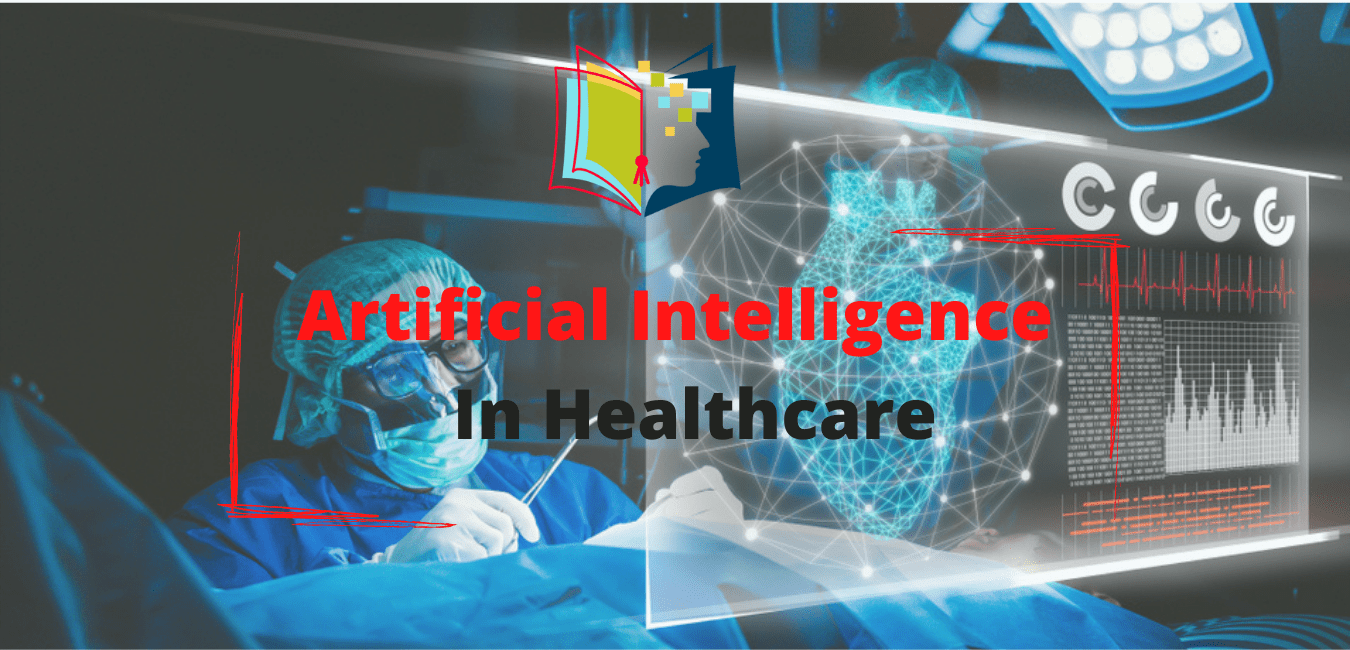


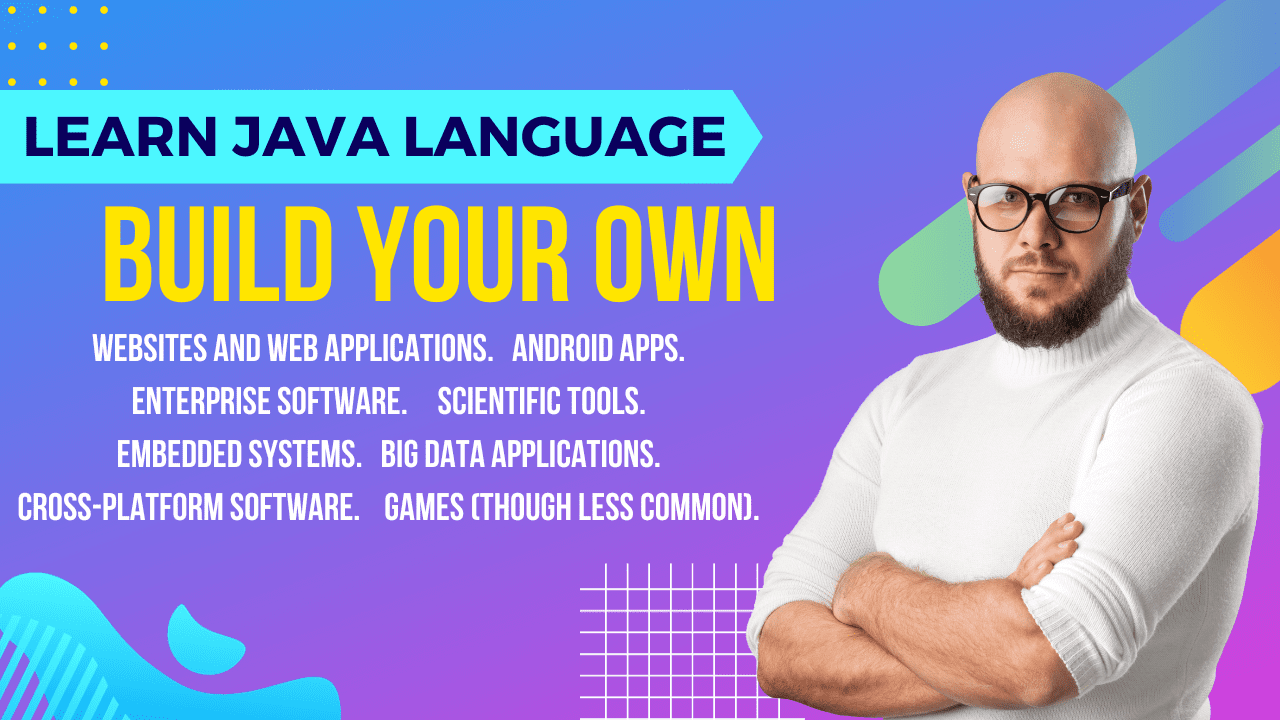
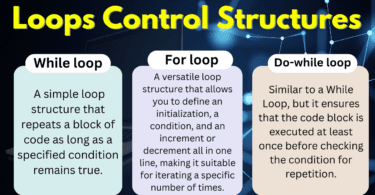
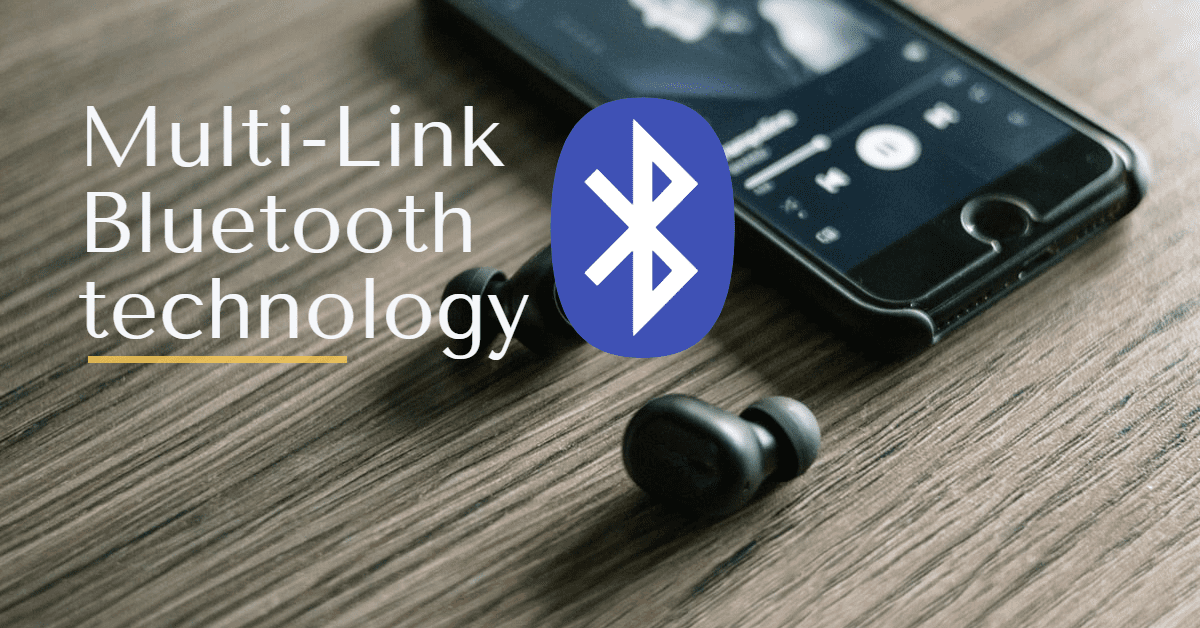
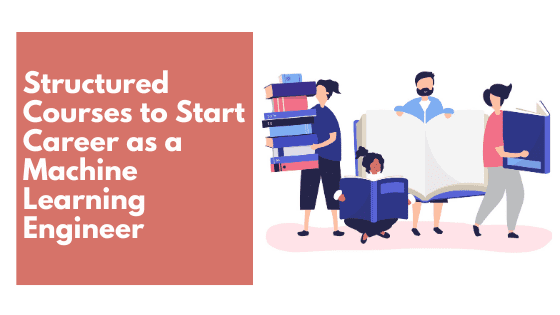
Leave a Comment